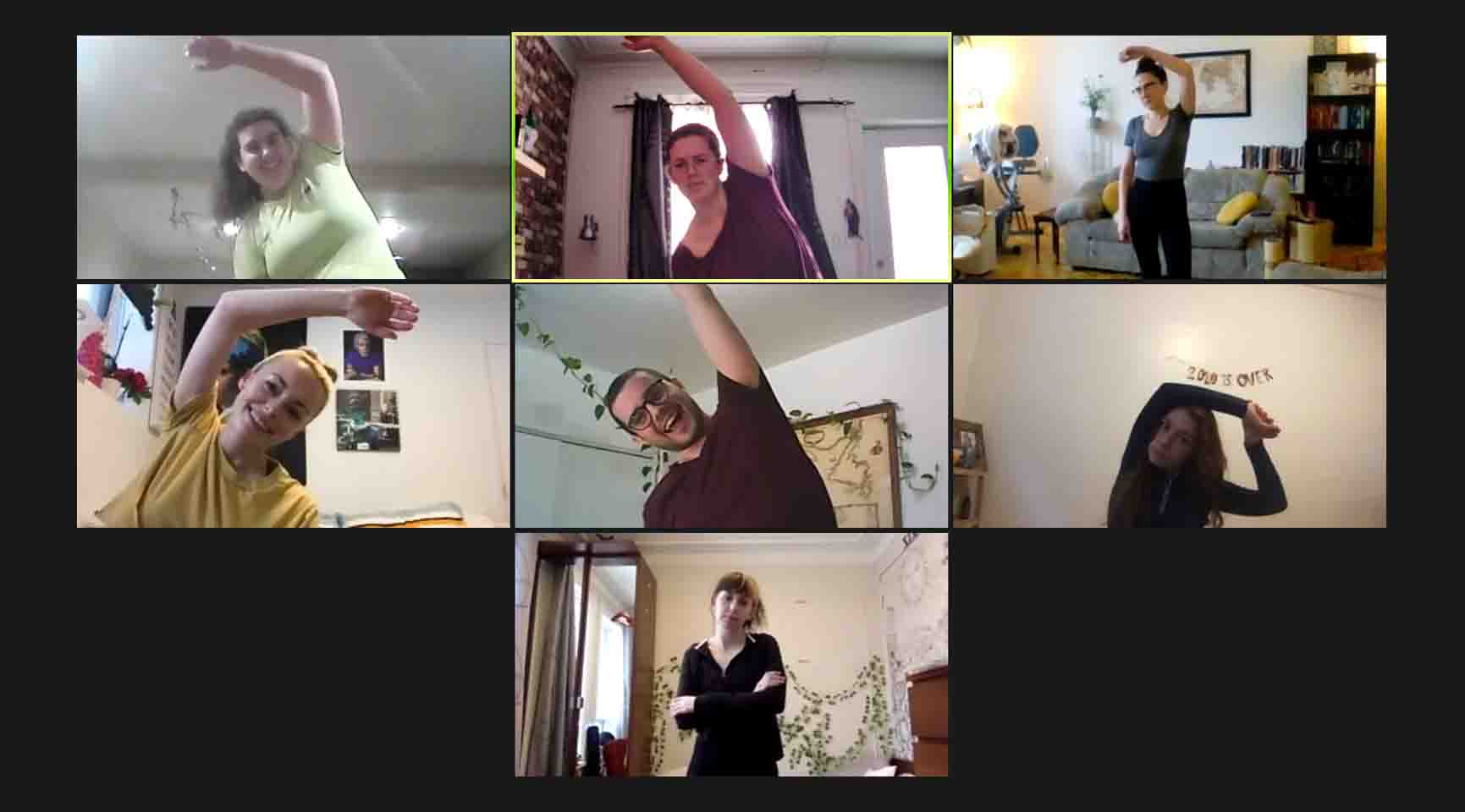Social media is changing the way athletes approach their training
The permeation of social media into mainstream culture over the years has produced innovative opportunities that are unique to the 21st century.
In sports, this notion was perhaps best epitomized at the turn of the decade when internet personality Jake Paul’s second professional boxing bout against former National Basketball Association (NBA) guard and three-time Slam Dunk champion Nate Robinson served as the co-main event, on a fight card headlined by boxing legends Roy Jones Jr. and Mike Tyson.
In September 2013, Paul gained attention and fame through posting videos on Vine, amassing over five million followers and two billion views on the app, which has since been discontinued. After Vine, Paul turned that fame into fortune by expanding his social media exposure across different internet platforms, and has since dabbled in acting, rapping, and boxing.
For better or worse, the influence and power that comes with social media fame is well documented. When it comes to fitness and health, however, social media has its merits and shortcomings that come hand-in-hand.
At its core, fitness models and online trainers will share their workouts and personal tips online to inspire their audiences. In doing so, influencers are also promoting their respective sports and encouraging others to follow them by accentuating their content for all skill levels. A multitude of people credit social media and its influencers as the catalyst to their unique and fruitful fitness experience.
The primary reason for social media’s evolution in society has always been its convenience. Not only is content and entertainment readily available, it is accessible at a moment’s notice, which bodes well for fitness enthusiasts. Inquiries about methodology, equipment, training routines, and more can be solved within minutes so long as one possesses a device with internet connection.
The fitness industry has wholly embraced social media as a powerful tool to advertise sports. In the past, aspiring athletes could attend training camps and classes that were incredibly insightful, but strictly scheduled, selective, and generally in-person. The concept exists today, but continues to struggle in catering to all demographics. Beginners who are genuinely passionate but self-conscious due to their skill level or body image, are most notably cast aside in these instances.
Nowadays, support groups can be accessed on social media for athletes of all expertise levels and circumstances. These online forums act as communities where members can share their experiences and feedback, post special stories, and make new friends.
Unlike a scheduled traditional class, workouts can typically be performed autonomously with resources and information being made available online. People are more willing than ever to experiment in activities well beyond their comfort zone with the removed fear of embarrassment and potential self-consciousness that comes with in-person gatherings.
However, information from social media must be absorbed with a grain of salt. At the end of the day, fitness influencers have a platform and audience that can overshadow the fact that they may not be professionals in their field. This often leads to the propagation of fitness guidelines that are largely subjective and misleading. A bodybuilder on Instagram might credit an overly extravagant exercise for developing his physique and claim it as an essential exercise for all beginners, but gloss over important intricacies that can make the activity dangerous if one is unaware.
In addition, while images and videos on these platforms are generally meant to inspire the masses, it can have an opposite effect on some individuals. Fitness on social media offers a constant comparison to others while the images conveyed are meticulously chosen in order to optimize appearance. As a result, most posts selectively highlight success and cast aside failure.
Anyone that has partaken in sports knows that failure is an important part of the process, but a beginner who is seeking approval and understanding may not realize that concept while browsing influencer feeds and subsequently lose enthusiasm for the sport.
The accessibility of online platforms can also negatively impact physical activity. The most efficient workouts are those in which the athlete is fully immersed in the activity and removed from distractions. When people take time out of a workout to update their socials or post online, it has an undesirable effect on the competence of the training regimen. Time that could be allocated to further improve technique, breathing, and mental fortitude is instead devoted to the web that adds up quickly over the course of a workout.
In short, social networks are captivating tools that are full of fitness resources. Understanding and avoiding the traps while being honest with oneself with regards to training will unlock the full potential of the modern-day encyclopedia.
Photo by Christine Beaudoin




